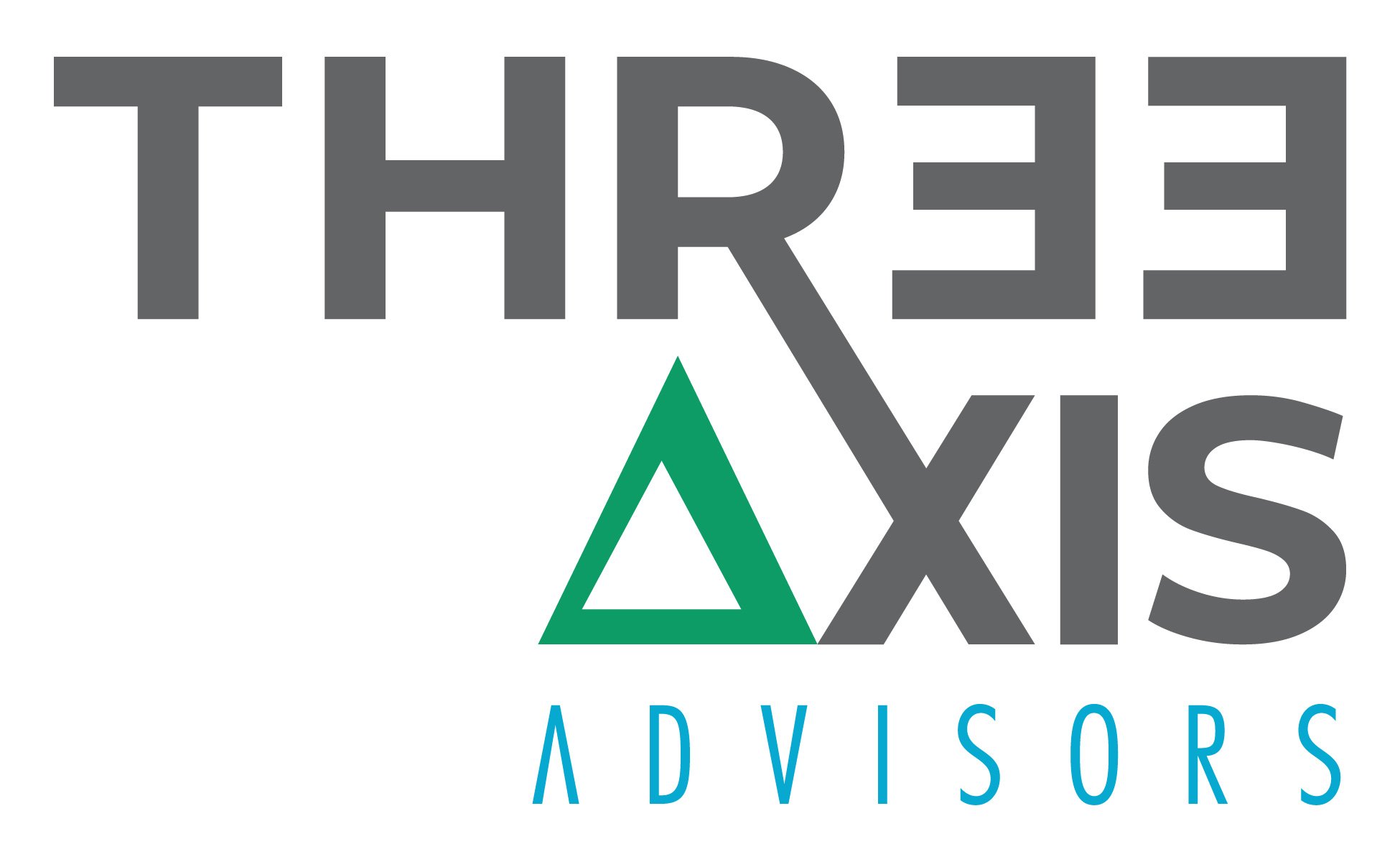Prior to the COVID-19 pandemic, few healthcare issues received as much attention and public discourse as prescription drug prices. The attention paid to the costs of pharmaceuticals is understandable when one considers that, in many ways, medicines are arguably the backbone of the U.S. healthcare delivery system. Whether a person is seeking treatment for a simple infection or complex diseases like cancer or multiple sclerosis, prescription drugs are the primary tools employed by our nation’s healthcare professionals to address illness.
However, informed debate over drug prices is challenging because the nature of drug prices requires layers of context. That said, the common understanding of the American public appears to be that the pricing practices of drug manufacturers are primarily to blame for high drug costs.
While there is certainly truth to the notion that drug manufacturers are key contributors to the prices paid for medicines, in our latest drug pricing report – our study of 32.6 million retail pharmacy claims from independent, small chain, and mid-size chain pharmacies over a 12-month period between January 1, 2020 and December 31, 2020 – we found that a great deal more context is needed to understand drug prices at the pharmacy counter.
More specifically, in our analysis, we find that the overwhelming majority of the prices paid at the pharmacy counter are based on price points established by the drug supply chain intermediaries known as pharmacy benefit managers (PBMs).
For expensive brand medications, the data demonstrates that PBMs establish variable payment rates based upon differentiating the discounts offered to manufacturer price points. For generic medications, the most routinely utilized of all drug therapies, we observed that proprietary PBM prices (i.e., maximum allowable cost, or MAC) were used for setting the majority of all prescription costs and that like their brand counterparts, generic drug prices were highly variable and disconnected from the manufacturer or pharmacy established price for the medication.
This study unpacks how drug prices are set at the pharmacy counter – and how those point-of-sale prices impact pharmacy providers, plan sponsors, and patients.
Read More

















